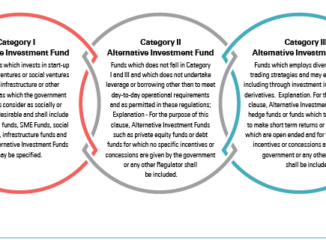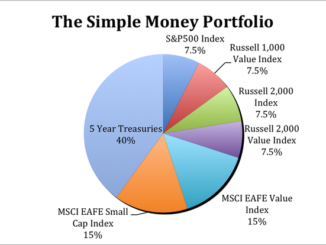
In 2015, an elderly Louisiana gentleman cashed in at a nearby bank, a truckload of 55-gallon plastic water jugs of pennies that he had collected over the previous 45 years. After the last penny had been counted, Otha Anders received over $5,130 as the total amount for his pennies. That’s over 510,000 pennies. To the general public, this news probably sounded wonderful, but to every American numismatist who collects and buys coins for fun and profit, Anders lost a lot of money.
According to the News-Star of Monroe, La., Anders referred to each of his pennies was a “God-given incentive reminding me to always be thankful.” In Anders case, however, a “penny saved” may be more than “a penny earned.” Many of those that he cashed in to get instant money, would have been worth more money.
Since Anders began his penny hoarding in 1970, he would have picked up many “wheat” pennies that the Mint struck between 1909 to 1958. Even today, there are still many “wheat” cents in penny rolls and circulating change. When he started saving in 1970, he would have found many wheat cents in great condition. Over the last 45 years, most of each of those pennies would become more valuable than one cent.
According to the “Guide Book of United States Coins 2015” by R.S. Yeoman, wheat cent values ranged from $.10 in “good” condition to several hundred dollars in “almost” uncirculated condition. Also, the guide records a few extremely rare pennies that were worth up to $5,000 in uncirculated conditions. However, it would be impossible to estimate how much the numismatic value of the entire collection might be; each coin would have to have been examined by reputable coin dealers who could have helped him sell his collection, but it’s easy to imagine Anders would have made over $20,000 if he had had the patience to get them evaluated.
In addition to numismatic value, there is a precious metal value for the price of all of the coin’s weight in copper. All American copper coins struck until 1981 contained 95% copper. According to the “InvestmentMine” website, in 2015 the average value of copper was $2.86 per pound. All of Anders’ pennies together weighed over 2,800 pounds. So, if he picked out all of the coins, we’d multiply 2,800 pounds and 2.86 the sum in copper would have been a total of roughly $8,000. However, a conservative estimate of the number of pennies made of copper was 75%, we’d get about $6,000, which is about $900 more than he received.
Although Anders received over $5,100 for his enormous collection, he could have gotten much more if he took the time to get all of them evaluated by a trained numismatist. However, the good news is that if you live in or near Louisiana, you could buy many rolls of pennies from local banks and probably find some of those higher valued wheat cents.
Proudly WWW.PONIREVO.COM



